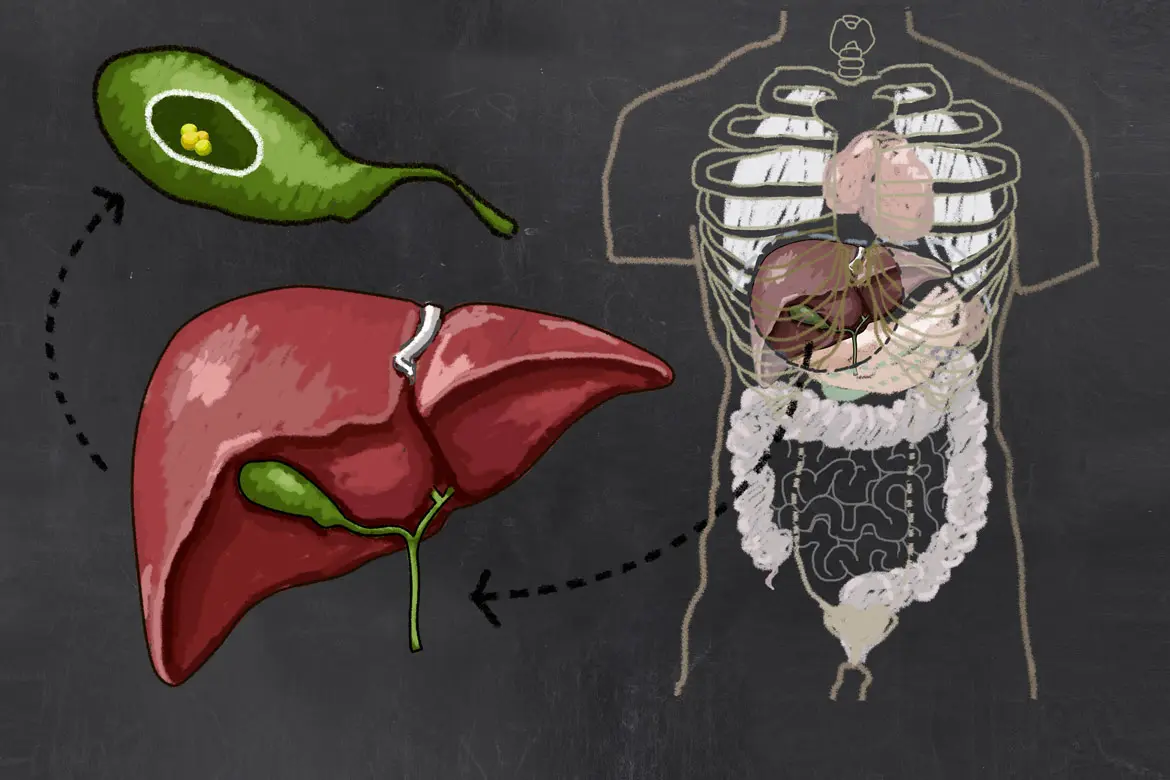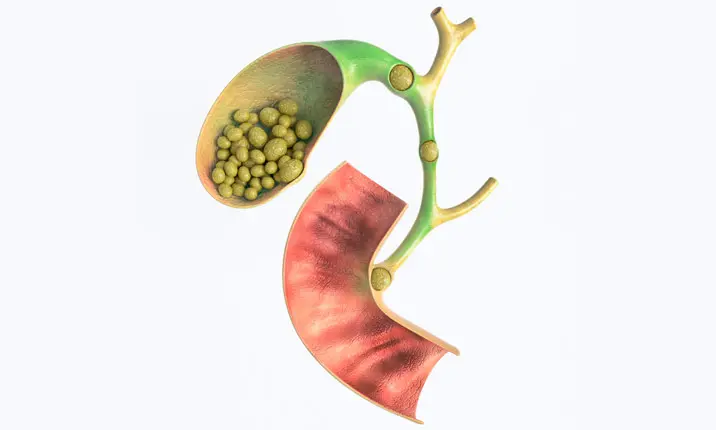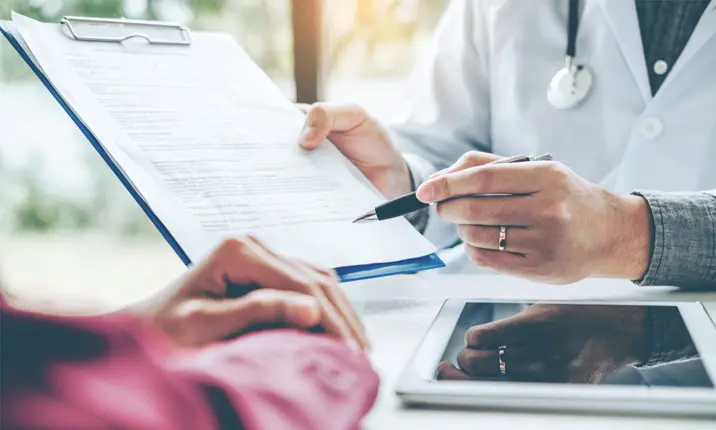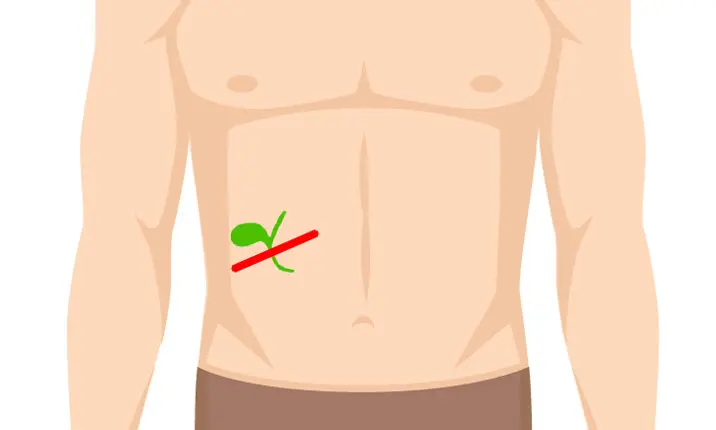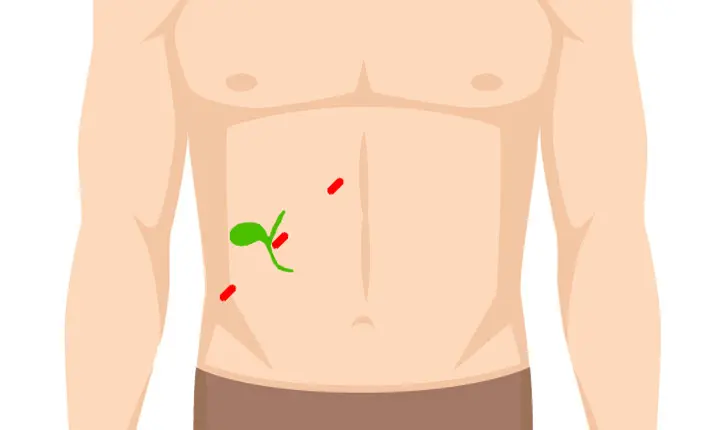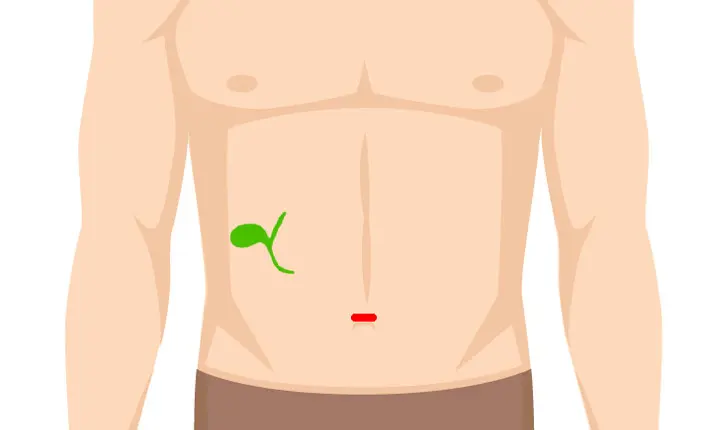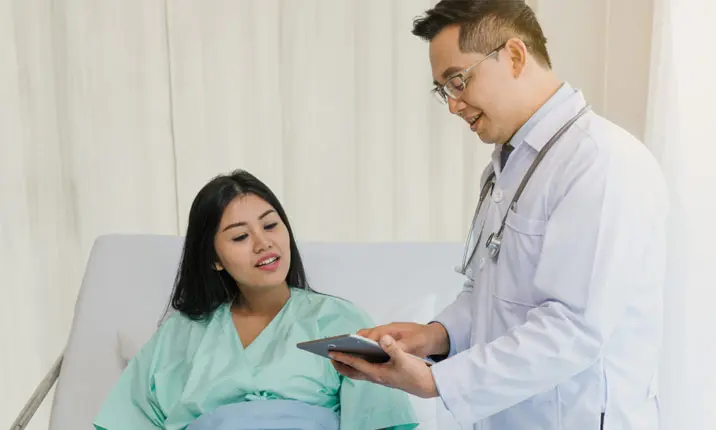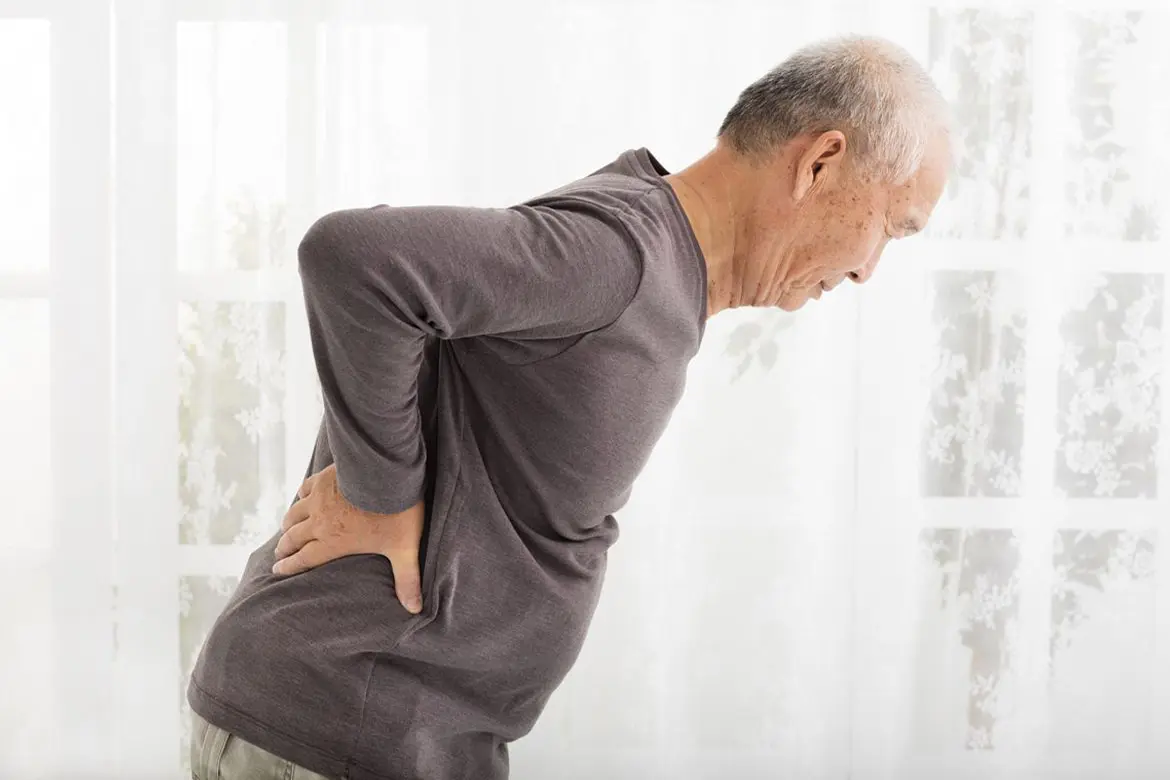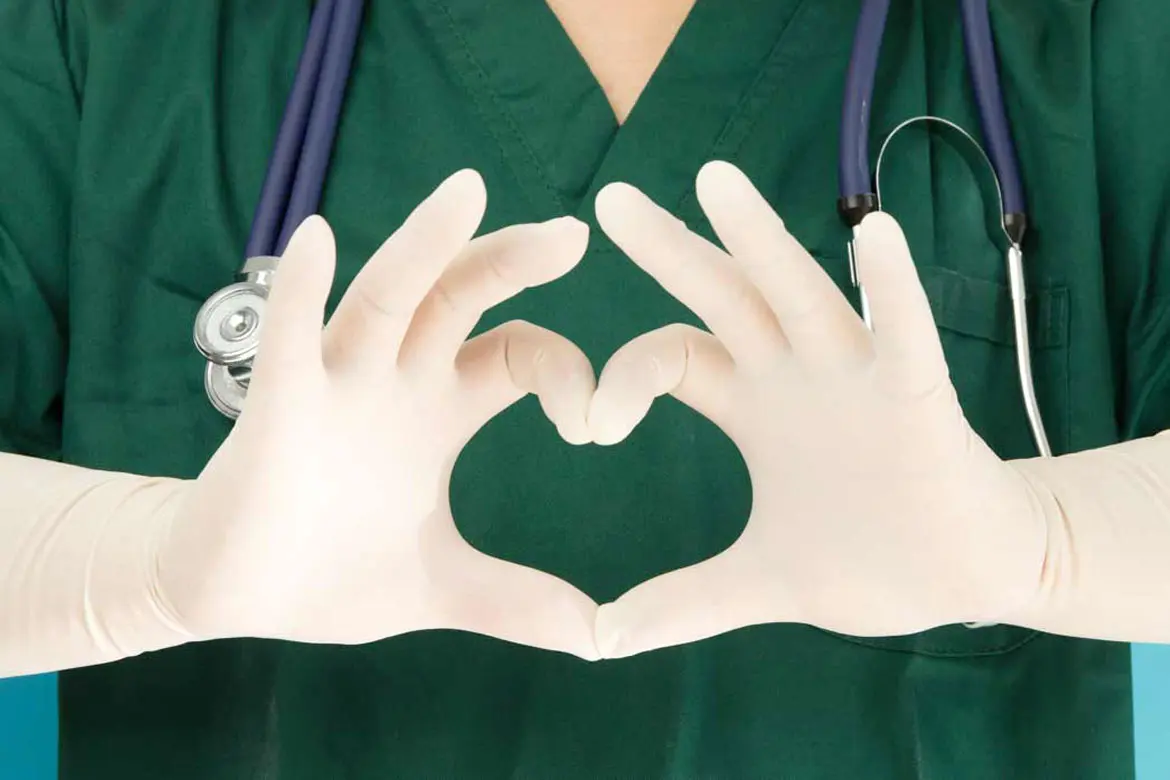What are gallstones?
Gallstones are hard deposits of substances in the bile that can form inside your gall bladder or bile duct. Formation of gallstones usually happen first in your gall bladder. The gall bladder is a storage organ for the bile that is produced by your liver. When we eat a heavy meal, the gall bladder contracts to release this bile into the intestines via the bile duct. Gall bladder dysfunction may affect the expulsion of bile and lead to a stagnant pool of concentrated bile inside the gall bladder. Stones may form with time, especially if there is a high level of cholesterol and bilirubin in your bile.
Gallstone symptoms
Some gallstones are small, soft and asymptomatic and may be left alone. Others cause discomfort and pain and will require medical attention. You should visit your doctor if you notice any of the following symptoms:
- Bloating: Upper abdominal bloating discomfort, especially after a heavy or fatty meal.
- Pain: When stones get stuck in the bile duct, it may cause severe and persistent pain on the upper right quadrant of the abdomen.
- Nausea
- Vomiting
- Belching
- Diarrhoea
- Indigestion
If left untreated, gallstones can lead to other serious complications such as an inflammation of the gall bladder called acute cholecystitis. Passage of stones into the bile ducts can also cause blockage of the bile flow, leading to jaundice and pancreatitis.
Testing for gallstones
The majority of risk factors for gallstones are diet- and lifestyle-related. Your age, race, gender and a family history of gallstones may make you more prone to them. If gall bladder disease is suspected, your doctor may send you for an abdominal ultrasound and a blood test to check for your liver function. A CT scan or an MRI scan is sometimes required to check for presence of stones in the bile duct.
Treating gallstones
Asymptomatic gallstones can be left alone. Your doctor may recommend decreasing your fat intake and ask you to be alert for worsening pain in your upper right abdomen.
If you do experience symptoms, there are several treatment options available:
- Medical treatment to dissolve the gallstones may be possible in certain scenarios. However, it may take months or even years for the gallstones to dissolve and will likely return if treatment is stopped. Sometimes the medications may also not work, therefore this approach is only recommended for people who are unable to undergo surgery.
- Surgery to remove the gall bladder (cholecystectomy) may sometimes be needed to manage gallstones that are causing pain. This can also help to reduce the risk of gallstones from forming again, which is a common issue. Gall bladder removal does not usually result in any significant effects. The only side effect you may experience after surgery is diarrhoea for a short period.
Gall bladder removal surgery
A gall bladder removal surgery, or cholecystectomy, is a surgical procedure to remove your diseased or inflamed gall bladder entirely.
Your doctor may recommend gall bladder removal surgery if your gallstones are causing significant pain and other complications such as blockage of the bile ducts.
Types of gall bladder removal surgeries
Gall bladder surgery can be done by both laparoscopic (keyhole) surgery or conventional open surgery. Laparoscopic surgery is usually preferred as, with smaller incisions, you recover faster and have less risk of infection.
Open gall bladder removal surgery
Open gall bladder removal is a surgery to remove the diseased or inflamed gall bladder via a single, large cut in the abdomen. This approach is sometimes required if laparoscopic surgery is not possible due to scar tissue or other anatomical complications from prior abdominal surgeries. Open gall bladder removal may also be required if there is severe inflammation caused by the gallstones. In general, however, the need for open surgery is now rare as surgeons are more experienced in dealing with such difficult situations using minimally invasive techniques.
Laparoscopic gall bladder removal surgery
This is the most common gall bladder removal surgery performed because it is less invasive, which results in a shorter recovery time. After putting you under general anaesthesia, the surgeon will make 3 or 4 small incisions in your abdomen. Afterwards, the surgeon will insert specialised tools into the incision and carefully remove the diseased or inflamed gall bladder.
No-scar gall bladder removal surgery
For patients who prefer a good cosmetic outcome, another option would be single incision laparoscopic surgery. All the surgical instruments are placed within a single small incision that is made deep inside the umbilicus. This wound will eventually heal without any visible scars.
Benefits of a gall bladder removal surgery
Not only does gall bladder removal relieve the pain and discomfort caused by gallstones, it is also the only way to prevent gallstones from recurring.
If you decide to undergo laparoscopic gall bladder removal, the benefits include:
- Smaller scars
- Reduced blood loss
- Less pain experienced after the surgery
- Shorter hospital stay as compared to open gall bladder surgery
- Lower chance of infection after surgery
- Faster recovery time
Preparing for a gall bladder removal surgery
Your gastroenterologist will conduct a comprehensive pre-op consultation and review all your blood test and scan results.
It is important to inform your doctor if you're currently taking any medication. This is because certain medication can interfere with the surgical procedure. You doctor will also need to know if you're pregnant or could possibly be pregnant.
Your doctor will advise you on preparations required before your surgery. This might include:
- Not consuming any food and drinks for 4 hours or more before surgery
- Using a special antibacterial soap in the shower before coming to the hospital for your surgery
- Arranging a ride home
- Arranging for someone to stay with you after your surgery
Recovering from your gall bladder removal surgery
The majority of patients stay in the hospital for 1 night after laparoscopic gall bladder removal surgery and 3 – 5 nights if open surgery is required.
Recovery after laparoscopic surgery is quite fast and you may resume normal activities the next day after surgery. You can start gentle exercise after 1 – 2 weeks. Your doctor will instruct you on caring for your incision wounds while you recover and will remove your stitches at a follow-up appointment.
You may return to a normal diet the day after surgery, but it is best to avoid fatty and oily food for a period of time. Intake of fruits and vegetables is encouraged as fibre aids digestion after surgery.
Side effects & risks of a gall bladder removal surgery
Laparoscopic gall bladder removal is very safe and the risks of complications rare beyond the usual small routine risks of problems related to:
- Reaction to anaesthesia or other drugs
- Bleeding and injury of the bile ducts, intestines and other organs
- Deep vein thrombosis and blood clots
- Abdominal and wound infection
As your body adjusts to losing its gall bladder, you may experience side effects such as difficulty digesting fats, diarrhoea and flatulence. These problems can be reduced by simple dietary modifications and medication when necessary.
Is gall bladder removal surgery right for me?
While gall bladder removal is a safe and effective surgical procedure, you should discuss the benefits and risks with your surgeon so that you can make an informed decision.
